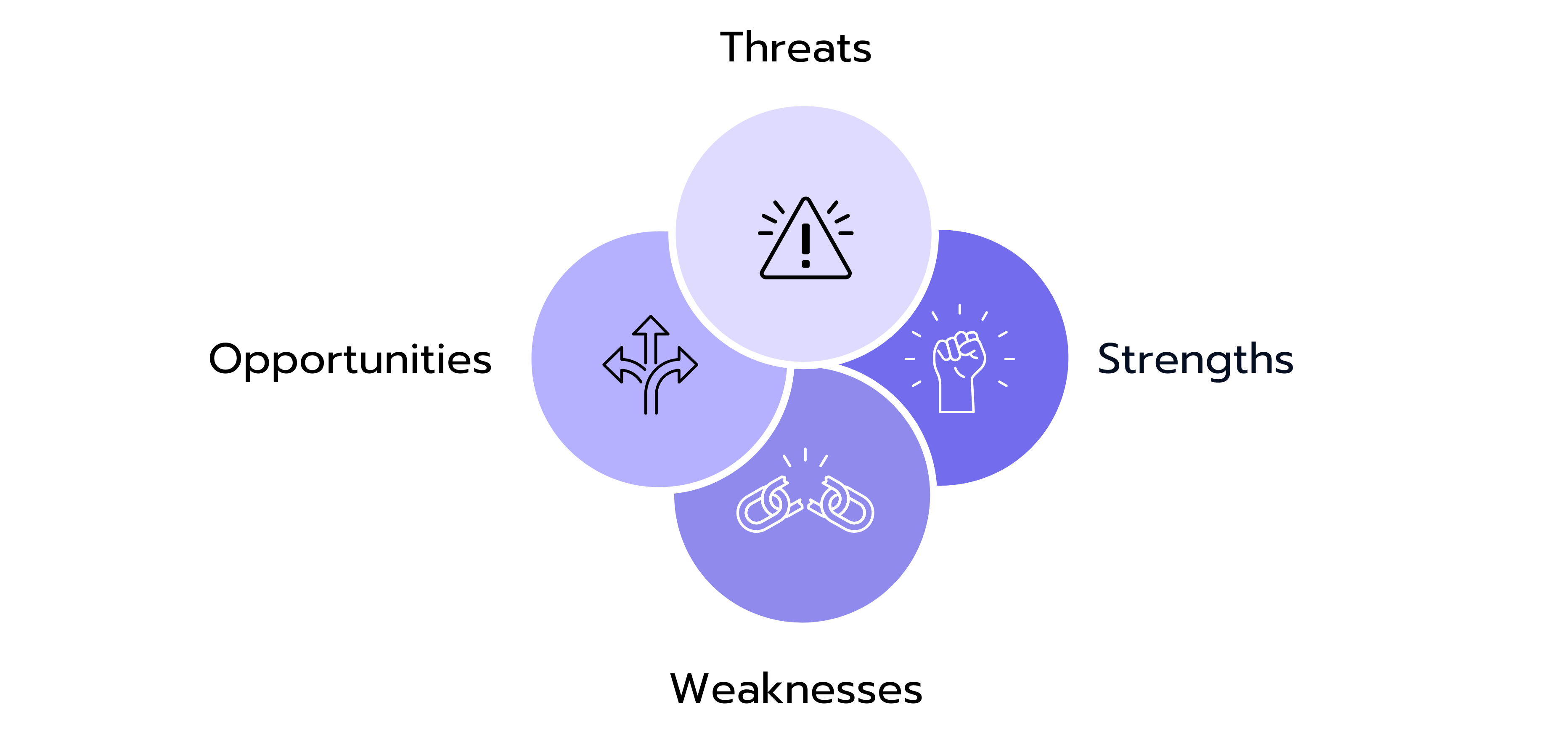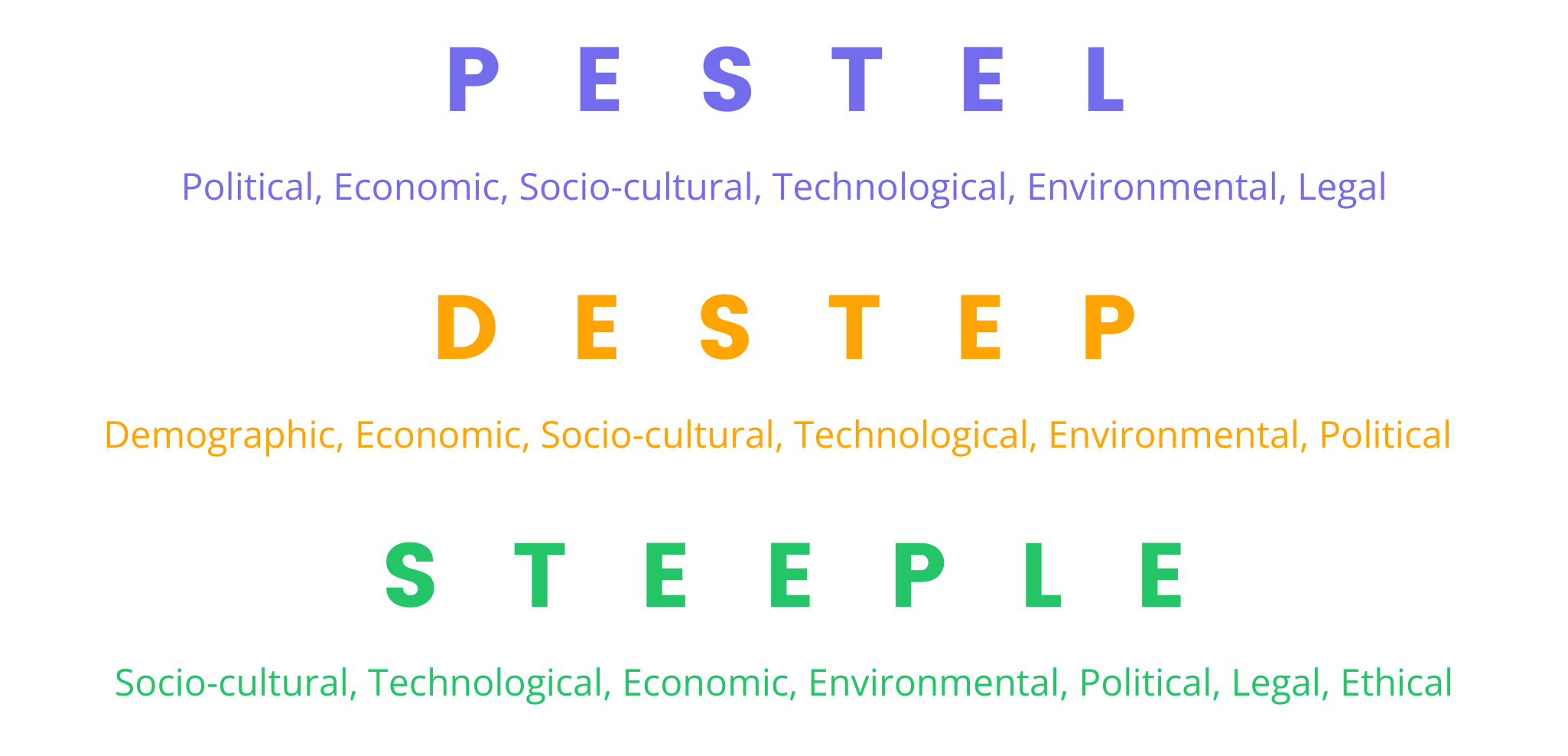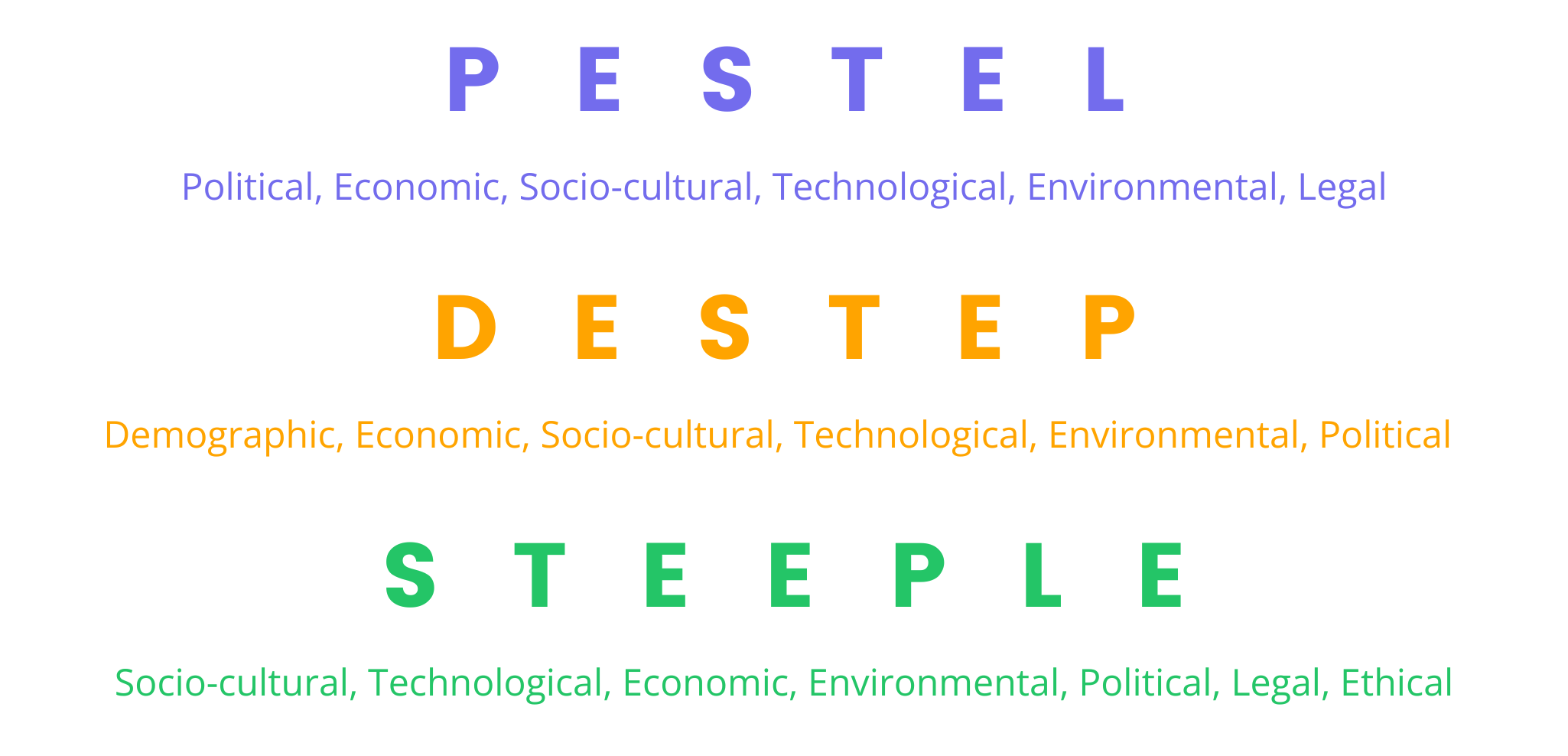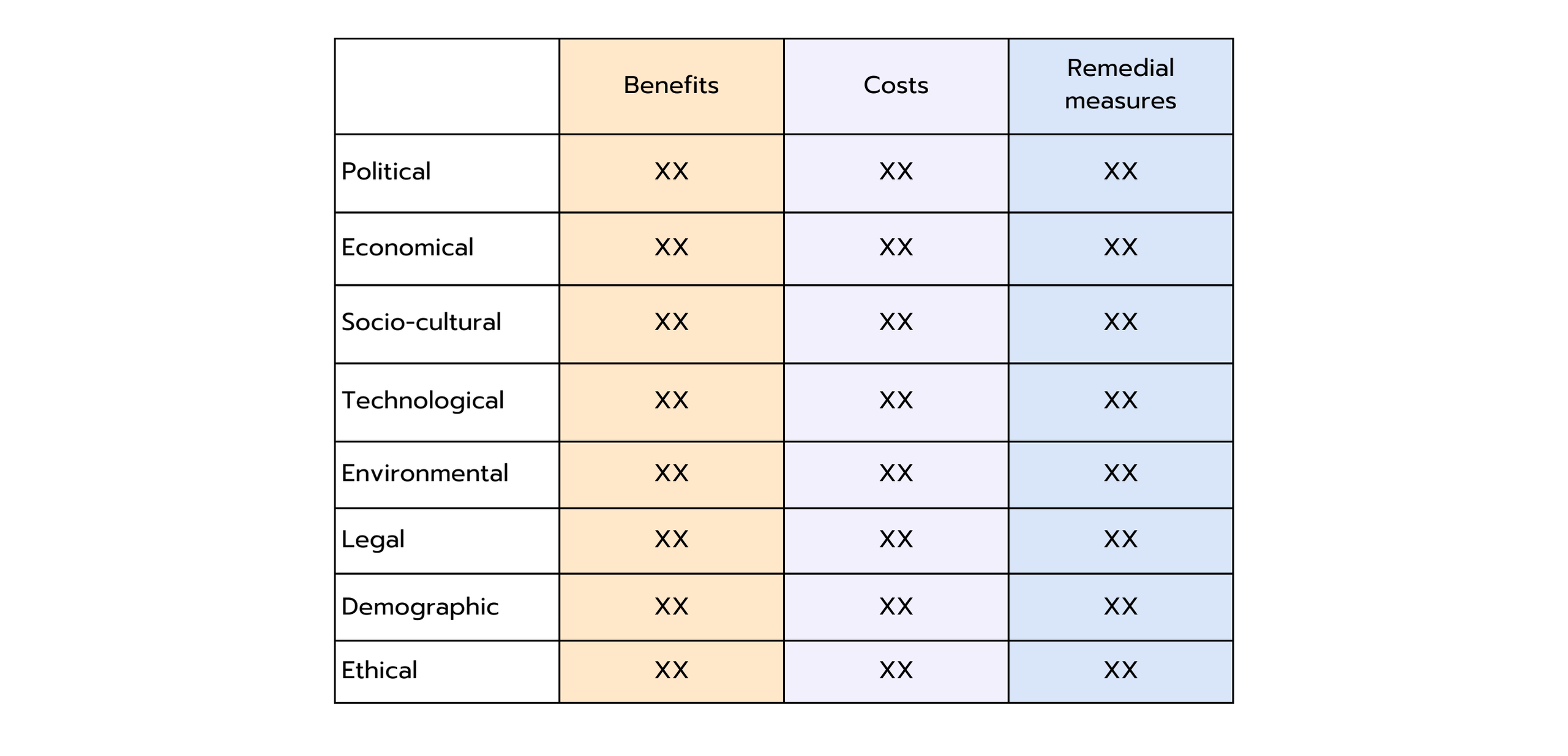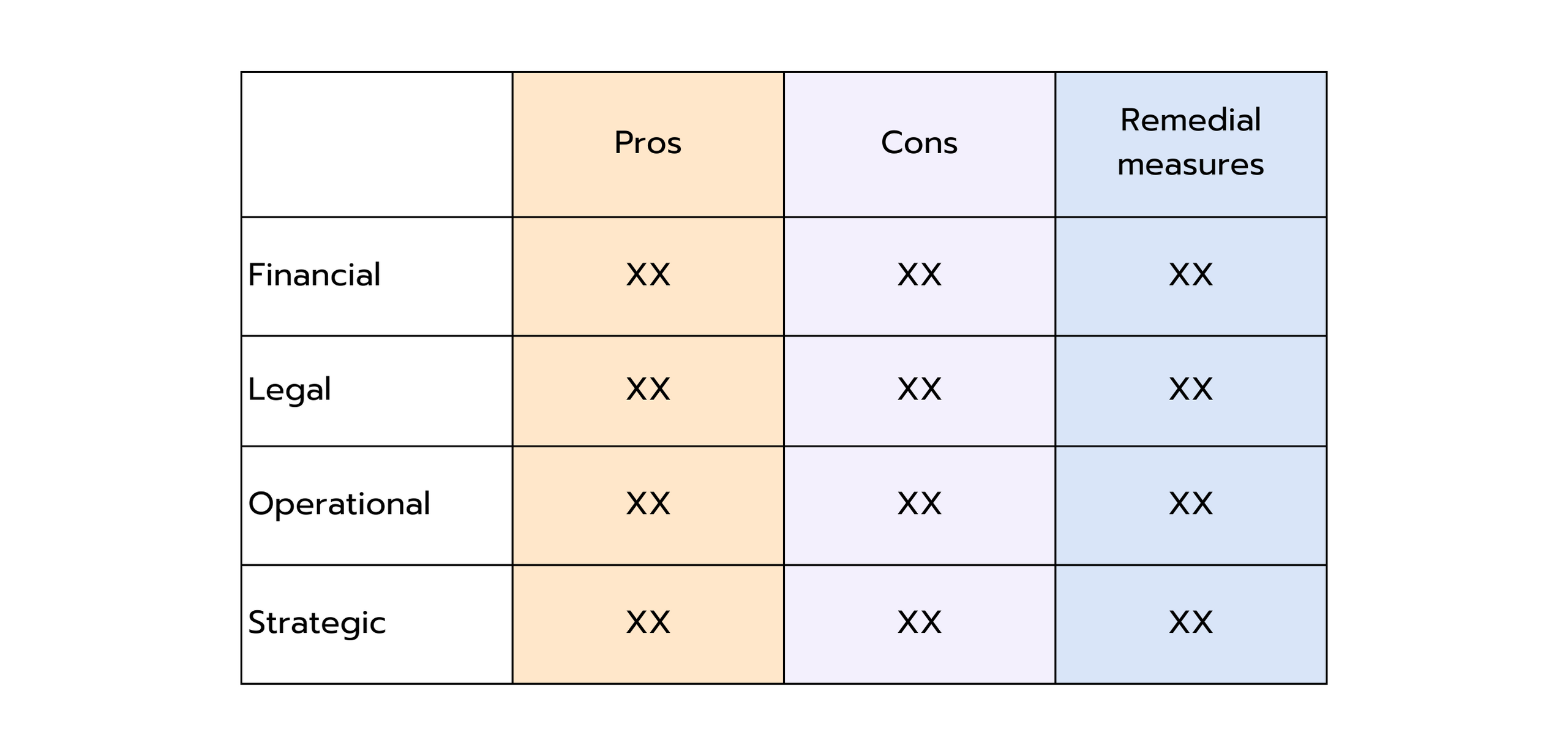Every case — whether in real business or a case interview — is based on frameworks that help structure complex problems logically. "Decision-Making Cases" are especially important: your client has to make a choice, and you provide a well-founded, structured recommendation. Concepts like the 80:20 rule or the Pyramid Principle play a key role here.
While real business decisions may take weeks, in a case interview you only have 15 minutes. A good framework helps you quickly grasp the key aspects, organize your thoughts clearly, and provide a convincing recommendation. In this article, we will show you a simple method to develop your own decision-making framework and master every interview with confidence! 🚀



